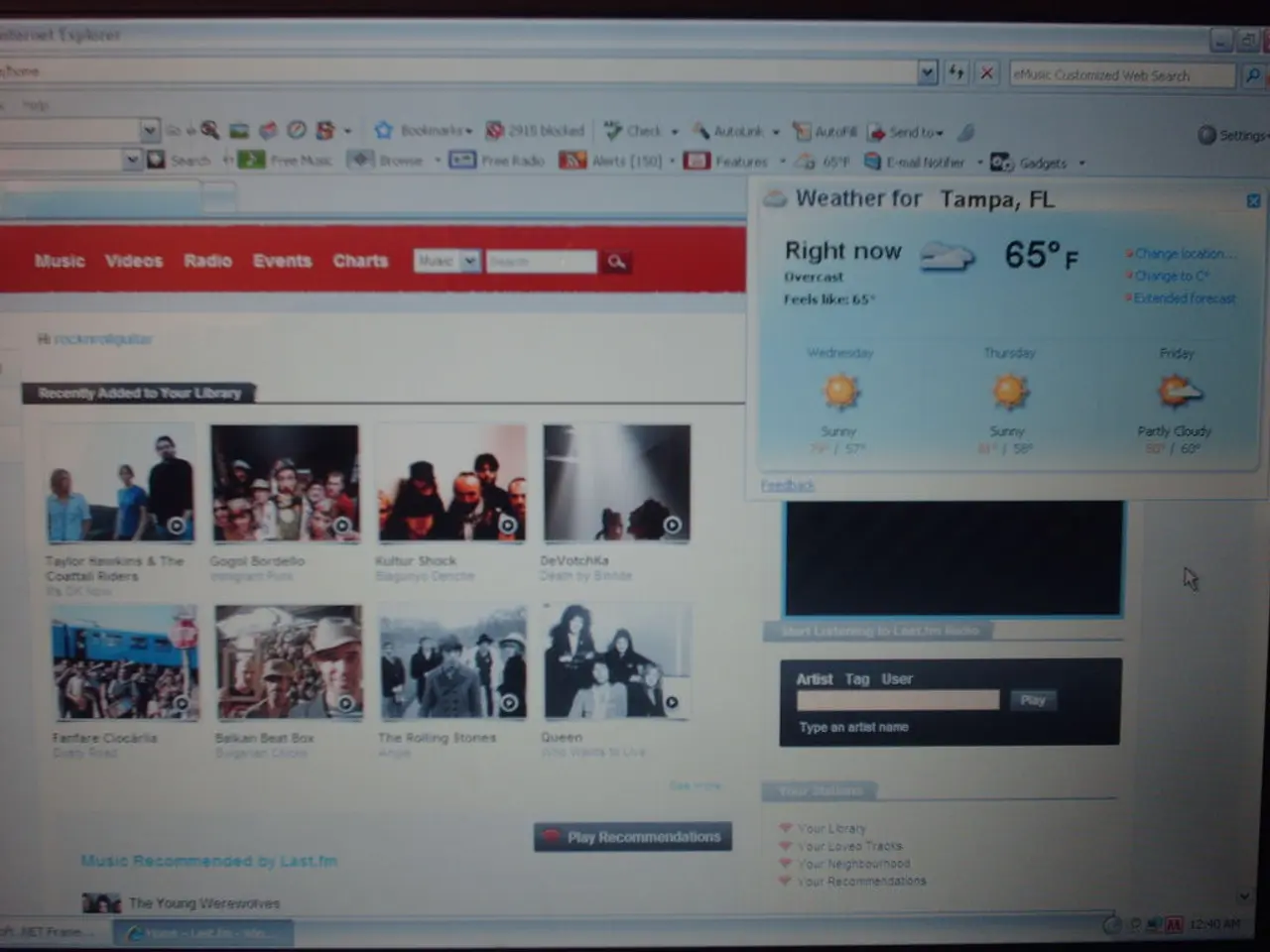Exploring the Three Varieties of Cloud Protection Mechanisms
In the rapidly evolving digital landscape, adopting a new mindset for working with the cloud is essential for organizations. As more businesses move their operations to the cloud, understanding the unique security challenges and solutions becomes crucial.
The cloud, with its viral nature, has become a staple for most organizations, with most using both Software as a Service (SaaS) and Infrastructure as a Service (IaaS) whether in line with corporate policy or not. However, this widespread adoption has raised concerns, with 90% of organizations citing security issues as a source of concern[1].
Research has shown attacks targeting IaaS environments and leveraging IaaS components for privilege escalation or pivoting in the environment. Similarly, SaaS offerings can be used as points of data exfiltration and command and control (C&C) channels by attackers[2].
To address these challenges, a variety of cloud security strategies have emerged. These strategies primarily include Cloud Security Posture Management (CSPM), Cloud Native Application Protection Platforms (CNAPP), Cloud Access Security Broker (CASB), Cloud Infrastructure Entitlement Management (CIEM), and Policy-as-Code and IaC Scanning[1].
CSPM tools continuously monitor cloud environments for misconfigurations and compliance violations, helping prevent common mistakes that lead to vulnerabilities. CNAPPs combine multiple cloud security technologies to protect cloud-native applications and workloads, while CASBs act as intermediaries that enforce security policies when accessing cloud services[1]. CIEM focuses on managing and securing identities and permissions in cloud environments, and Policy-as-Code and IaC Scanning tools ensure security policies are enforced during infrastructure provisioning[1].
In SaaS environments, security emphasis is on controlling user access, protecting data in transit and at rest, and mitigating risks from shadow IT and insider threats. CASBs and CIEM are particularly impactful here, since SaaS providers handle the infrastructure, but tenants must manage user permissions and data access[2][3].
In IaaS environments, customers have more responsibility for securing the cloud infrastructure they configure and deploy. CSPM, IaC scanning, and policy enforcement tools are vital to prevent misconfigurations that can expose workloads, storage, and network resources. CIEM helps ensure identity and permission hygiene[1][3].
The integration of SaaS into attack methods makes traditional perimeter-based detection technologies useless for large-scale data loss and C&C traffic detection. Close monitoring of administrative audit logs is critical for both IaaS and SaaS providers[2]. Automated analysis and monitoring of these logs is essential to identify abnormal activity[2].
By employing a combination of these strategies, organizations can build a layered defense that addresses configuration, identity, access, workload protection, and compliance across different cloud service models, effectively securing both SaaS applications and IaaS infrastructure[1][2][3].
In conclusion, adopting a new mindset for working with the cloud is essential for organizations. Understanding the new security landscape offered by the cloud is a critical first step. By employing a combination of cloud security strategies, organizations can mitigate the risks associated with the cloud and reap its benefits securely.
[1] Cloud Security Alliance. (n.d.). Cloud Security Overview. Retrieved from https://cloudsecurityalliance.org/ [2] AlienVault. (2018). 2018 Cloud Security Report. Retrieved from https://www.alienvault.com/reports/2018-cloud-security-report [3] CrowdStrike. (n.d.). Cloud Security Posture Management. Retrieved from https://www.crowdstrike.com/solutions/cloud-security-posture-management/
- Given the widespread adoption of the cloud, organizations need to prioritize understanding unique security challenges arising from both Software as a Service (SaaS) and Infrastructure as a Service (IaaS).
- Embracing a combination of cloud security strategies, such as Cloud Security Posture Management (CSPM), Cloud Native Application Protection Platforms (CNAPP), Cloud Access Security Broker (CASB), Cloud Infrastructure Entitlement Management (CIEM), and Policy-as-Code and IaC Scanning, can help secure both SaaS applications and IaaS infrastructure effectively.




